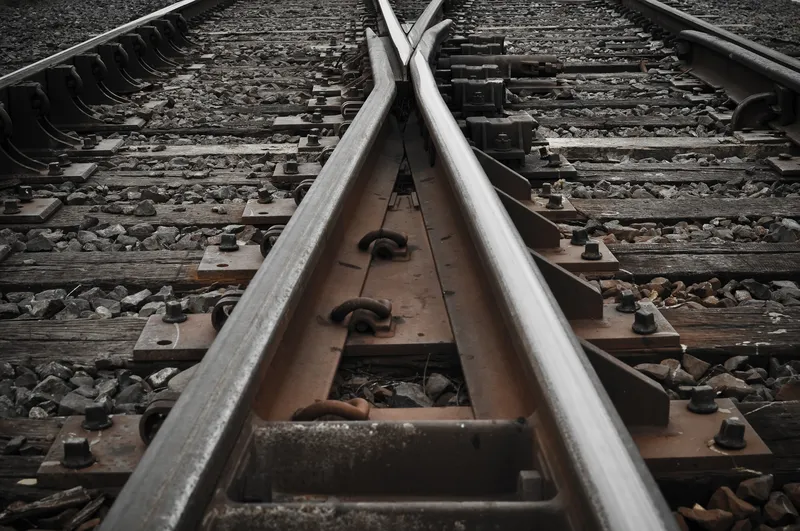The Federal Railroad Administration (FRA) today called on state departments of transportation to verify that railroad crossing warning systems interconnected to traffic signals function properly to verify that the traffic signals and crossing lights are properly sequenced and enough time is provided for traffic to clear from a nearby intersection before a train enters a crossing.
The agency also urged states to add event recorders to traffic signals connected to railroad crossing systems so information o
February 18, 2016
Read time: 2 mins
The Federal Railroad Administration (FRA) today called on state departments of transportation to verify that railroad crossing warning systems interconnected to traffic signals function properly to verify that the traffic signals and crossing lights are properly sequenced and enough time is provided for traffic to clear from a nearby intersection before a train enters a crossing.
The agency also urged states to add event recorders to traffic signals connected to railroad crossing systems so information obtained during inspections can be used to improve safety. Across the United States, there are nearly 5,000 railroad crossings interconnected with traffic lights.
“Reducing fatalities at railroad crossings is an achievable goal. But we can only achieve it if federal, state and local governments work together with railroads to verify that these crossings connected to traffic lights work properly,” said US Transportation Secretary Anthony Foxx.
Last year, FRA launched a new, comprehensive campaign to reverse the recent uptick in railroad crossing fatalities. The campaign includes partnering with Google and other tech companies to use FRA data that pinpoints the country’s 200,000 railroad crossings to add visual and audio alerts to map applications. FRA has also worked with local police to increase enforcement around railroad crossings.
In a letter to the heads of state departments of transportation, FRA Administrator Sarah E. Feinberg said, “Simply put: We strongly recommend that state and local transportation officials, together with railroad officials, visit crossings in their region and monitor and test crossing signals and adjacent traffic signals to ensure that the signals are synced and operating properly.”
The agency also urged states to add event recorders to traffic signals connected to railroad crossing systems so information obtained during inspections can be used to improve safety. Across the United States, there are nearly 5,000 railroad crossings interconnected with traffic lights.
“Reducing fatalities at railroad crossings is an achievable goal. But we can only achieve it if federal, state and local governments work together with railroads to verify that these crossings connected to traffic lights work properly,” said US Transportation Secretary Anthony Foxx.
Last year, FRA launched a new, comprehensive campaign to reverse the recent uptick in railroad crossing fatalities. The campaign includes partnering with Google and other tech companies to use FRA data that pinpoints the country’s 200,000 railroad crossings to add visual and audio alerts to map applications. FRA has also worked with local police to increase enforcement around railroad crossings.
In a letter to the heads of state departments of transportation, FRA Administrator Sarah E. Feinberg said, “Simply put: We strongly recommend that state and local transportation officials, together with railroad officials, visit crossings in their region and monitor and test crossing signals and adjacent traffic signals to ensure that the signals are synced and operating properly.”









